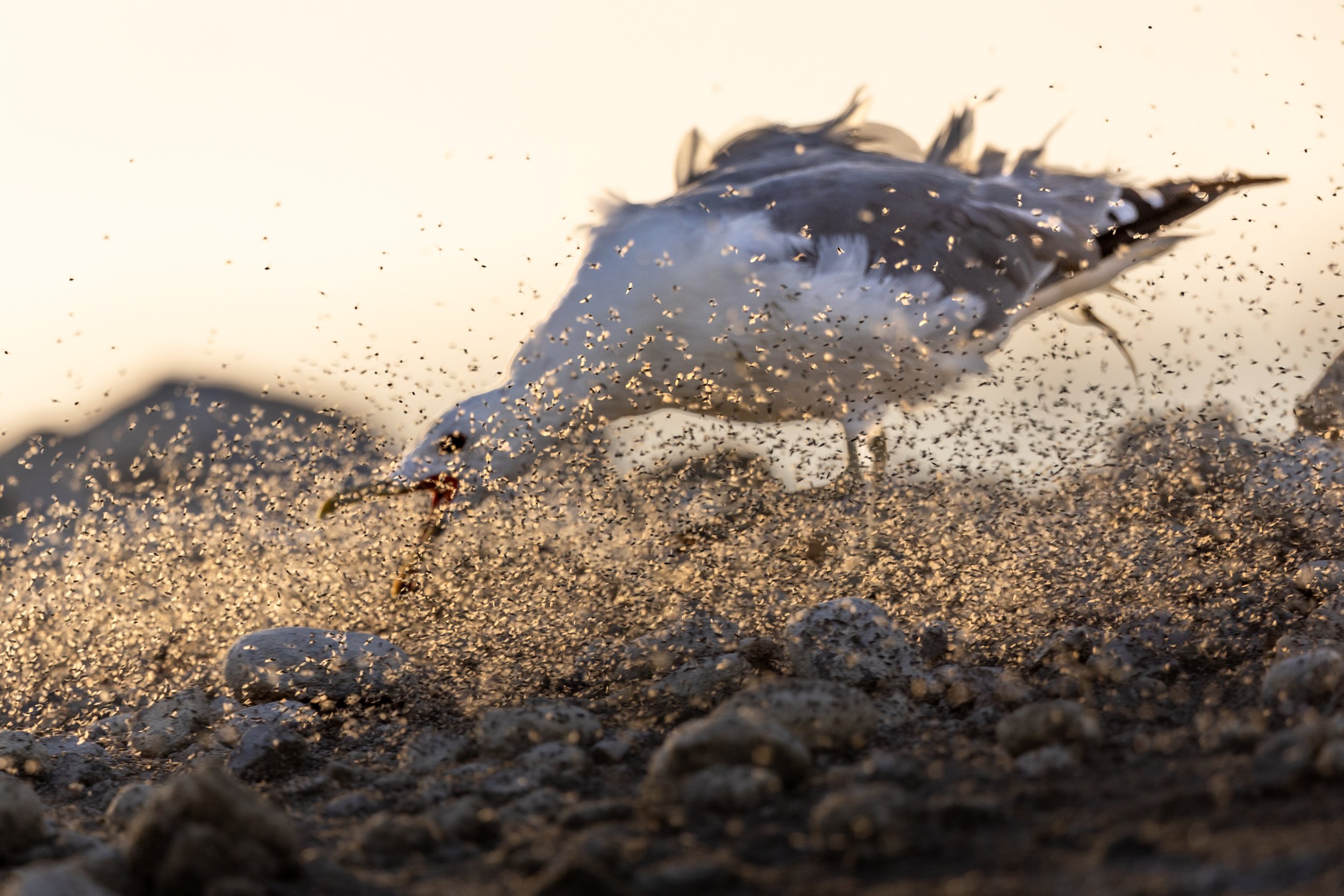Microbialites of Great Salt Lake
You may know that Great Salt Lake is essential for an astonishing 10-12 million migratory birds. But do you know what makes Great Salt Lake so great for birds? This California Gull engulfed in a blizzard of brine flies is one clue. Great Salt Lake’s hidden superpower combines biology and geology and the world’s largest collection of modern microbialites to bring in the birds.
A California Gull snarfs up mouthfuls of brine flies at Great Salt Lake.
What are microbialites?
Microbialites are essentially “living rocks” formed over centuries by the metabolic activities of aquatic microbes. The microbes deposit calcified sediments into slow-growing domes or ridges. Great Salt Lake’s microbialites are akin to the ancient stromatolites of ~3.5 billion years ago, thought to be some of Earth’s oldest forms of life and responsible for adding oxygen to the early atmosphere.
The microbes responsible for creating Great Salt Lake’s impressive microbialite reefs generate energy from the sun through photosynthesis. They can be found colonizing lush microbial mats on the surface of microbialites, but also are found free-floating like planktons of the oceans. The microbes are a great source of food, but only for a few specialized critters that can tolerate the super salty water of Great Salt Lake. Those are the brine flies (aquatic insects), and the brine shrimp (a crustacean). Without much competition for Great Salt Lake’s rich microbial soup, brine fly and brine shrimp populations reach astonishing numbers. In turn, they are the primary food source that attracts millions of hungry birds to Great Salt Lake.
Great Salt Lake boasts Earth’s largest collection of modern microbialites. Though they cover just 10% of the lakebed (about 386 square miles), microbialites are responsible for 30 - 50% of the lake’s primary productivity, generating a tremendous amount of biomass and a whole lot of bird food. Brine flies and brine shrimp are about ten times more abundant near healthy microbialites than elsewhere in the lake, suggesting that microbialites are in fact a big part of what makes Great Salt Lake so great for birds.
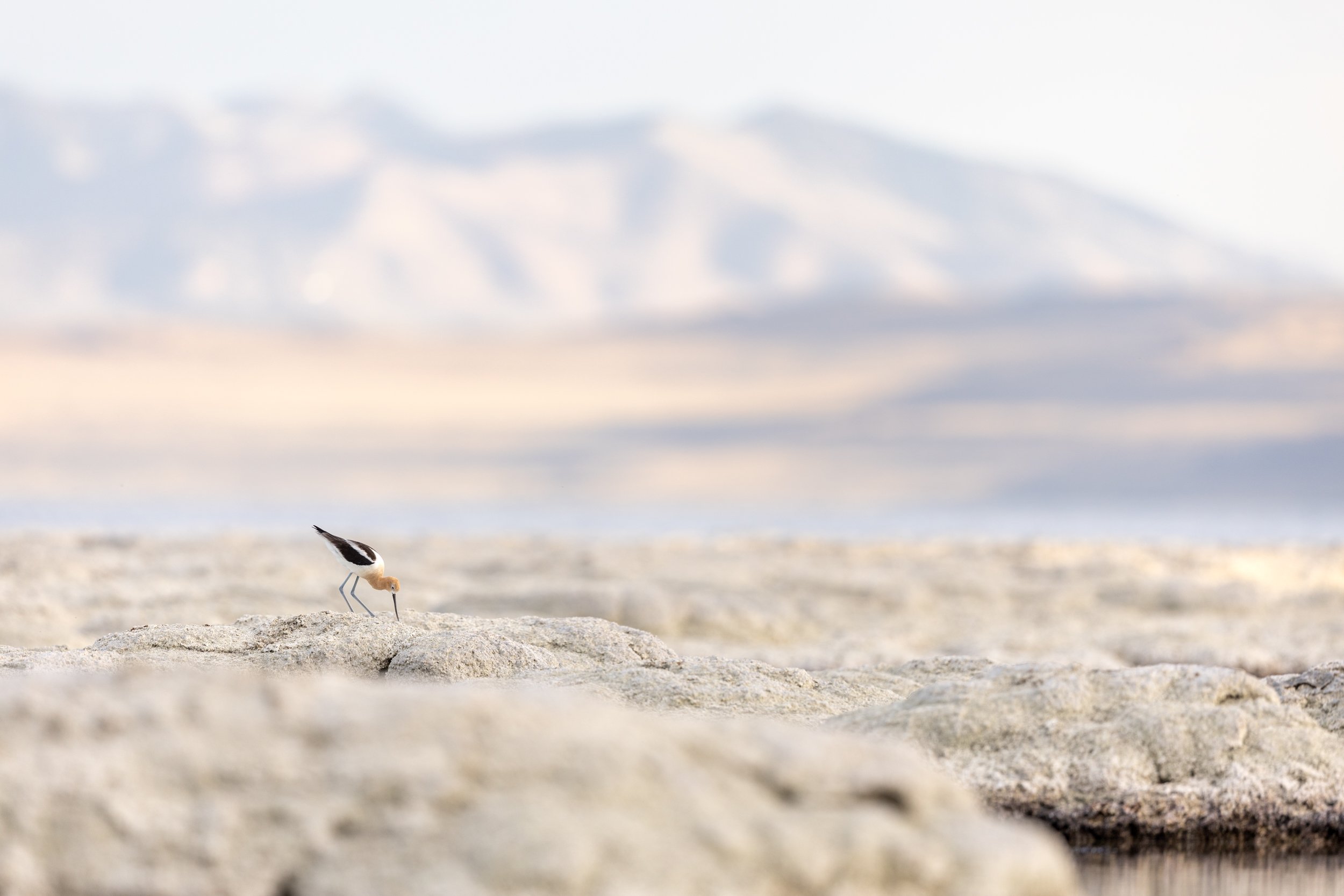
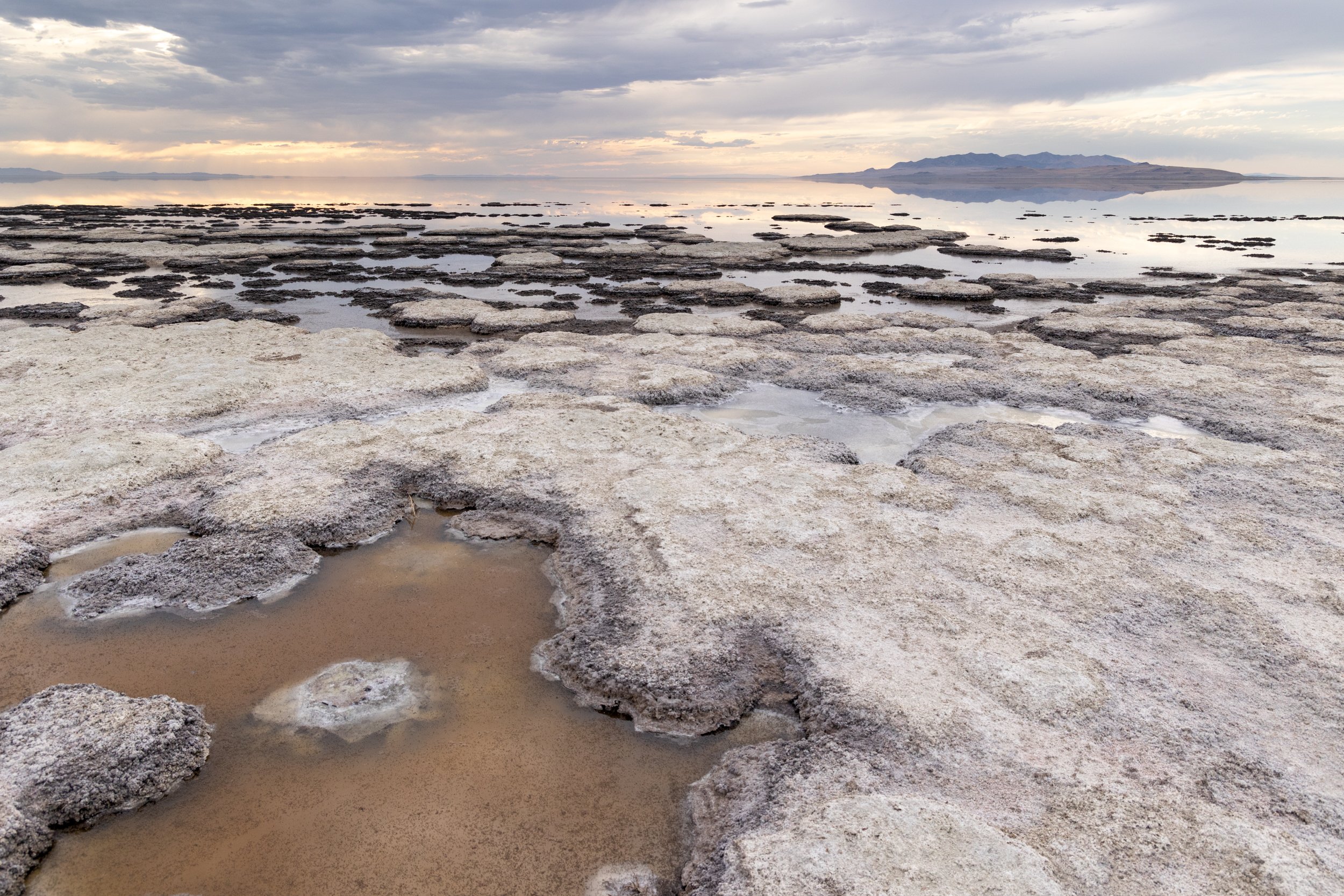
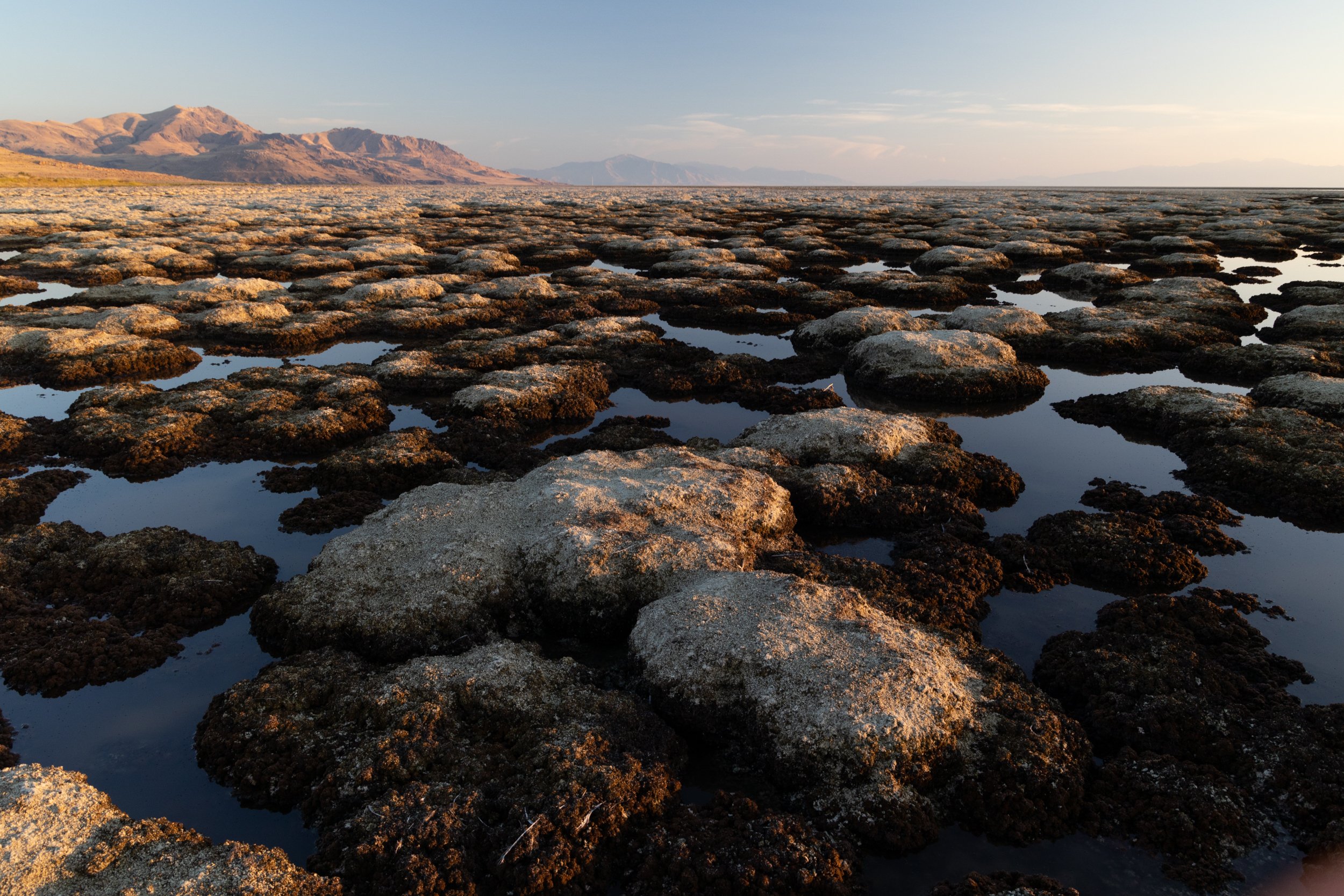
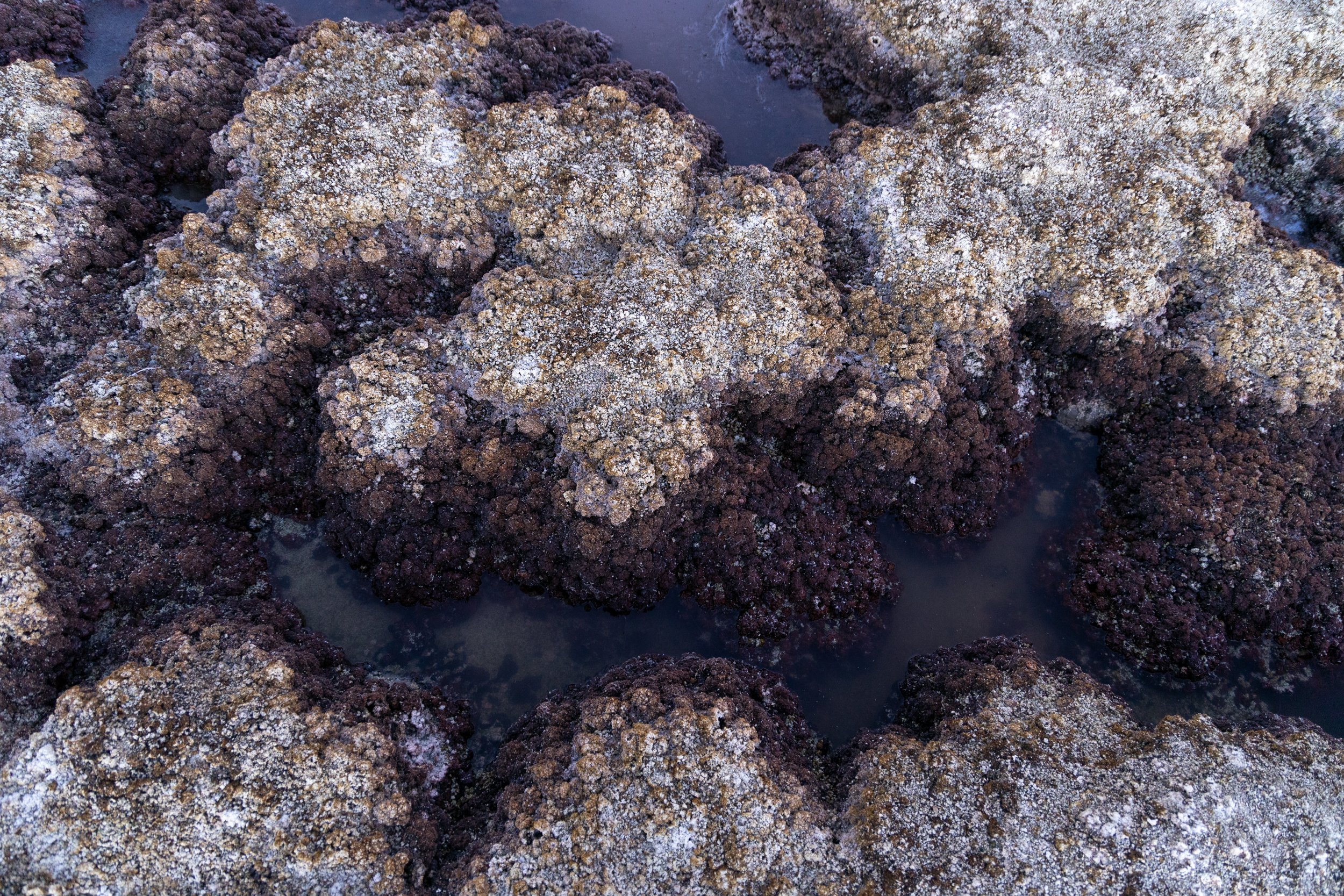
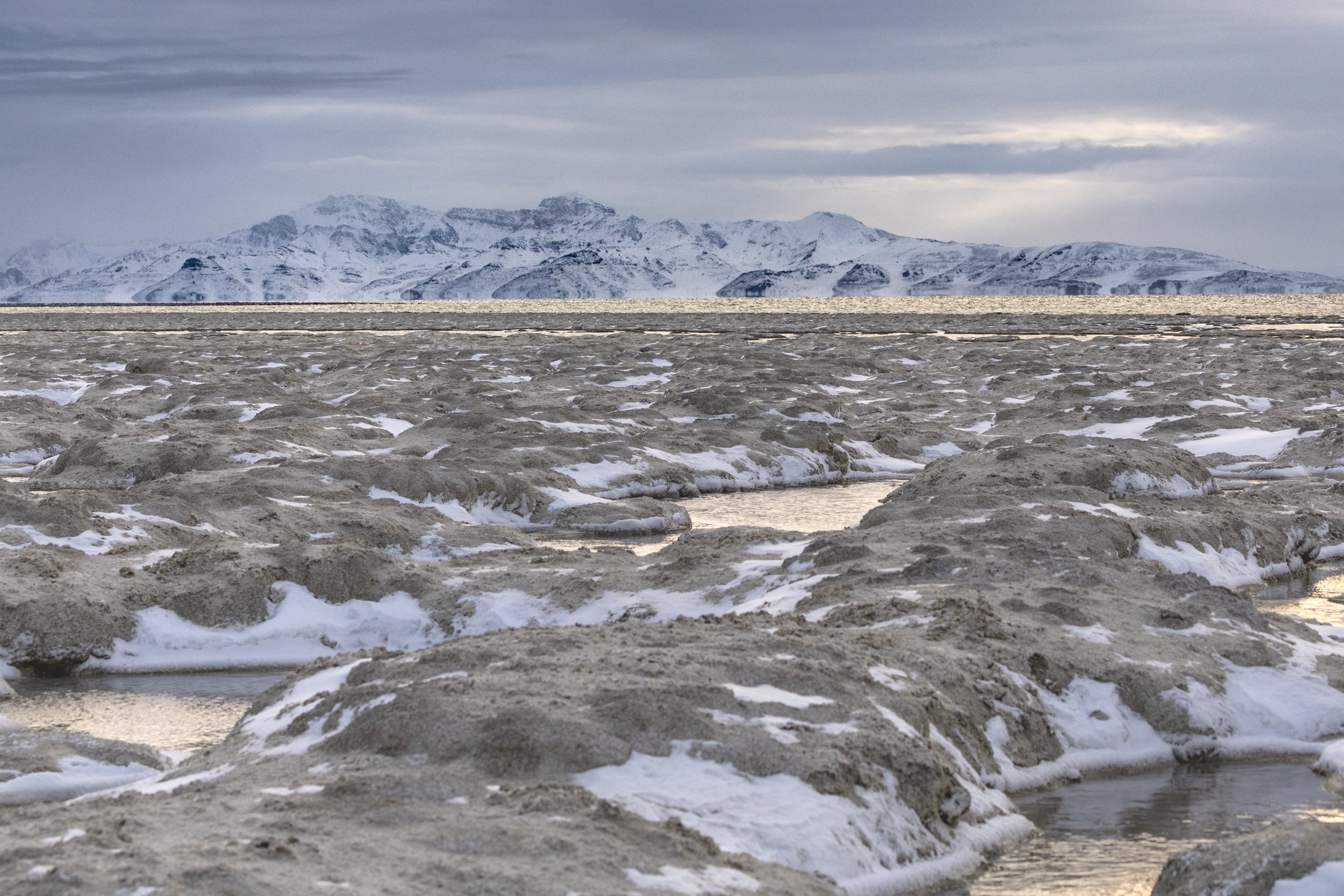
An ecosystem on the brink
In summer of 2021, after a century of water overuse and decades of drought, Great Salt Lake reached its lowest point in recorded history. In summer of 2022, the record was smashed again. Over half of the lake’s microbialites were exposed and dried out at the surface. As the lake vaporized, salt concentration soared and even the remaining submerged microbialites began to die from toxic high salt. Brine shrimp showed stress-induced life cycle changes, and brine fly populations crashed. We witnessed the microbialite-powered food chain beginning to collapse, and the future for ten million birds looked bleak. Summer of 2022 was perhaps the most frightening moment in the recorded history of Great Salt Lake.
The record-breaking winter of 2022-23 narrowly saved the Great Salt Lake ecosystem from its unfolding disaster. With back-to-back snowstorms and a huge influx of snowmelt, microbialites were covered with water again this spring. Salt concentration dropped back into a tolerable range, and brine shrimp and brine fly populations stabilized. I am extremely grateful for the gift of another year with a living Great Salt Lake and its millions of birds.
Now, as 2023 winds to a close, the lake’s microbialite powerhouses sit just inches from the surface. The chart tracking Great Salt Lake elevation looks about like it did in December of 2020… and also December of 2018 and December of 2016. So we have some recent precedent for how things could go in 2024. With continued wet winters, the lake could keep limping along about as it is now. With dry winters, we’ll be facing total ecosystem collapse again within two years.
There is a fourth option. If Utah can conserve water, and return that water to Great Salt Lake, we could see lake levels rise. Over the course of 5 or 10 years, we might build up a buffer to keep the lake healthy through a few dry years. I remain hopeful that this is the future that Utahns will choose. The 2024 Utah Legislation is coming up January 16th - March 1, If you are a Utah resident (regardless of where you live), now is the time to reach out to your state representatives and let them know you hope they will prioritize Great Salt Lake restoration in this upcoming session!
Besides contacting your lawmakers, there are lots of other ways to get involved. I’ll cover some of these in a new blog post soon!
